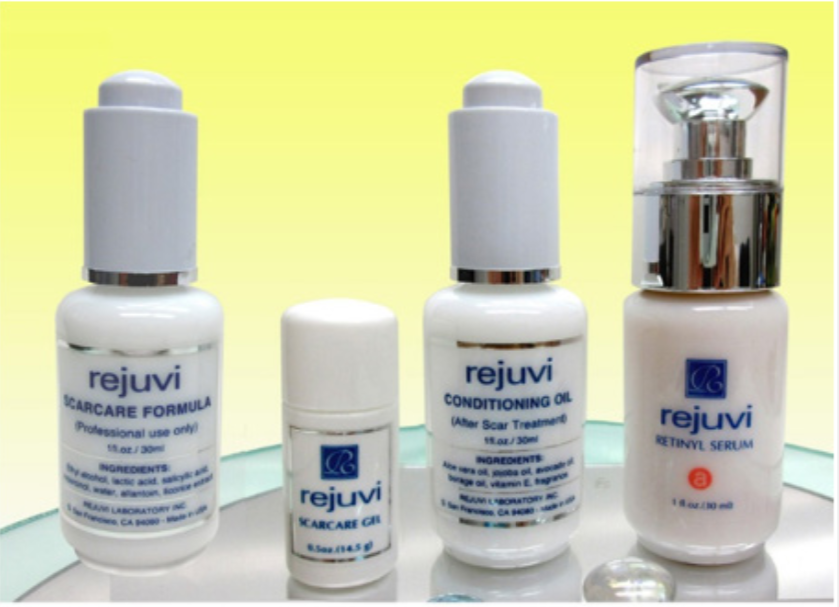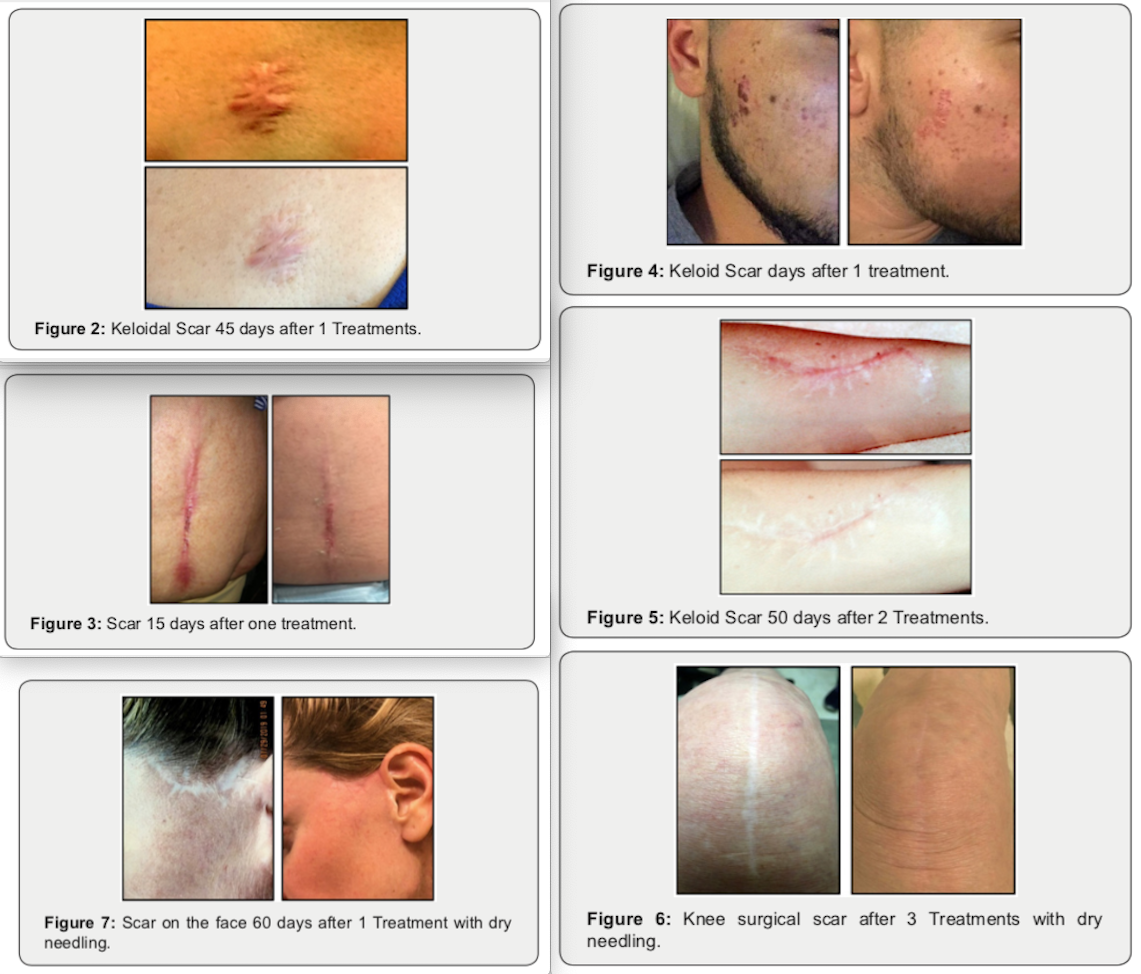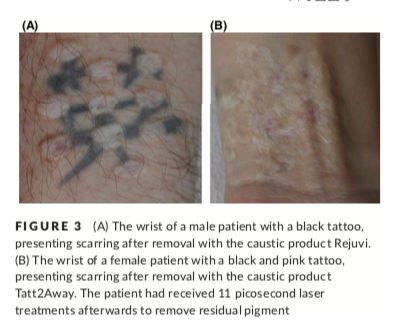A post illustrating how some companies choose to publish in low-impact journals that do not appear to apply rigorous peer review. The general audience cannot easily distinguish properly peer-reviewed papers from those that are accepted without much scrutiny. A paper that appears in one of these “easy” journals will not be seen by a large scientific audience, but can be used by a company to show that their product has been “peer reviewed”. This blog post is not intended to be an allegation of misconduct.
You can read more about these type of journals, often called “Predatory” on Wikipedia, look at an (archived) version of “Beall’s list“, or check out the PredatoryJournals website.
This post is based on a Twitter thread from May 22, 2019. You can read it the original here Twitter or on ThreadReader.
Here is an example where a US-based company published a study in an “easy” journal to show that their product has been “peer reviewed”. It is about a company that makes scar removal creams and gels.

This paper, “Scar Reduction by Special Chemical Regimen” came out on May 22, 2019 in a Juniper Publishers journal, marked as “Predatory” on Beall’s list. Note the time between submission and publication, only 5 days, and what that tells you about the rigor of the peer review process. Most of the papers I submitted took months to review and publish.

The skin product company was founded by a PhD with > 100 articles (first author of this paper), and is backed up by a Stanford professor with > 300 publications. The second author has degrees from Stanford and Berkeley. So you would assume these folks know how to publish in a good, peer reviewed journal.

Why would they publish about their skin product in a very low impact, not Pub-Med indexed journal, if their findings were really amazing? Could it be because the manuscript was rejected by other journals? Let’s take a look.
The paper shows 6 examples of scars before / after treatment with the company’s ScarCare products. Looking at the images in the paper, the scars indeed look much better, but that is not unexpected after 15-50 days.

Wouldn’t most scars look much better over time? Some of the scars look very fresh and recent, so one would expect them to look better after a couple of weeks anyways, with or without treatment.
Unfortunately, this paper does not include a control group of scars (e.g., 50 days without gel treatment).
In addition, the paper did not include a “conflict of interest” (COI) statement. There is clearly a conflict here, because the authors work at a company, and they might become richer if people believe their company was making a product that is scientifically proven. The authors might also have stock or patents, and that was not disclosed here either. Companies are not forbidden to publish scientific papers, but most journals and reviewers will require them to include a clear COI statement. There is no such thing here.
The paper also does not contain a statement whether the patients had given permission to use their photos in this paper.
On top of that, there is some issue with the originality of the text. Several sentences in the Introduction appear to have been taken straight from the Wikipedia entry “Scar”.

Right: a screenshot from the scar-reduction paper as found on https://juniperpublishers.com/jojdc/pdf/JOJDC.MS.ID.555571.pdf
The list of references also has some room for improvement. I only counted 3 citations – and none of them is a scientific paper. This product therefore does not appear to have been based upon previous science.

Maybe this really is an amazing product – who knows.
But I cannot help thinking that if it were really amazing, it could have been published in a more rigorous journal.
This is the scary side of “easy” journals. They appear to accept whatever manuscript they get sent, without proper peer review, without caring about plagiarism, lack of control group, conflict of interest, patient privacy, or consent.
On their website, Juniper Publishers does not list any statement that papers will be screened for these scientific and ethical issues.
The company that published in this easy journal now can proudly proclaim their product has been “peer reviewed”. The general audience cannot easily know if this is true or false.
And so this “peer-reviewed” white paper will end up proudly with all the other “research publications” of this Stanford/Berkeley educated duo.
Note that most of these are just articles in beauty magazines.

You can read some detective work about Juniper Publishers at the “Flaky Academic Journals” blog, and at Why Evolution is True: Predatory journals (run from apartments). They currently list about 80 journals on their website, but appear to operate from a small apartment in Arcadia, California.

Update: If you search Google Scholar for the name of the company, you will find several scientific papers about the horrible effects of their tattoo-removal treatment. It can leave nasty scars – maybe so you can buy their scar removal products?
Some examples:
- Sequels to tattoo removal by caustic products – Hutton Carlsen and Serup – Skin Res Technol. 2018;1–6 – DOI: 10.1111/srt.12578
- Hypertrophic scar from tattoo dispersion gel – Rawlins and Austin – J Plastic Reconst Aesth Surg 2008; 61(6): 709 – DOI: 10.1016/j.bjps.2007.09.052
- Dealing with tattoos in plastic surgery. Tattoo removal – Malca et al. – Annales de chirurgie plastique esthétique (2016) – DOI: 10.1016/j.anplas.2016.09.005
- Depigmentation and hypertrophic scars after application of a fluid lactic acid tattoo eraser – Wollina – Wiener Medizinische Wochenschrift, 165(9-10), 195–198 – DOI: 10.1007/s10354-015-0353-x


Without consistent lighting and color balance, ‘before’ and ‘after’ photos would seem to be useless for comparison anyway.
LikeLike